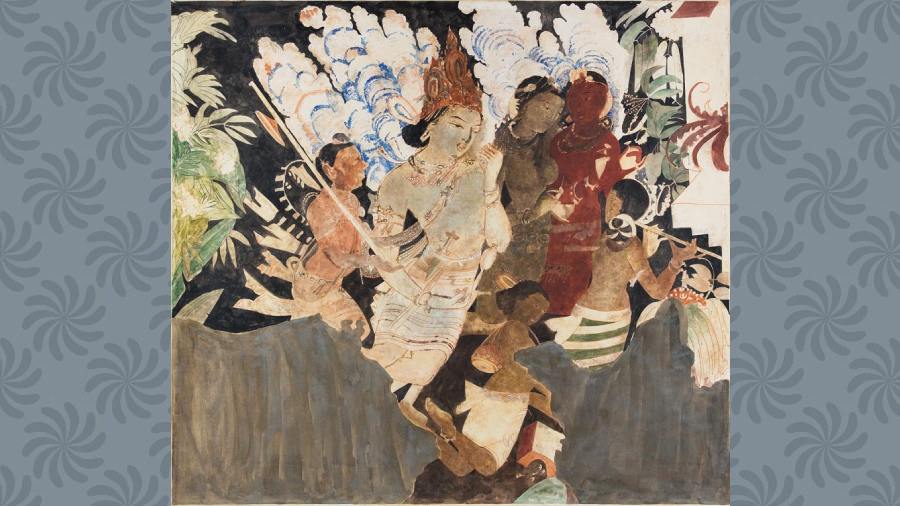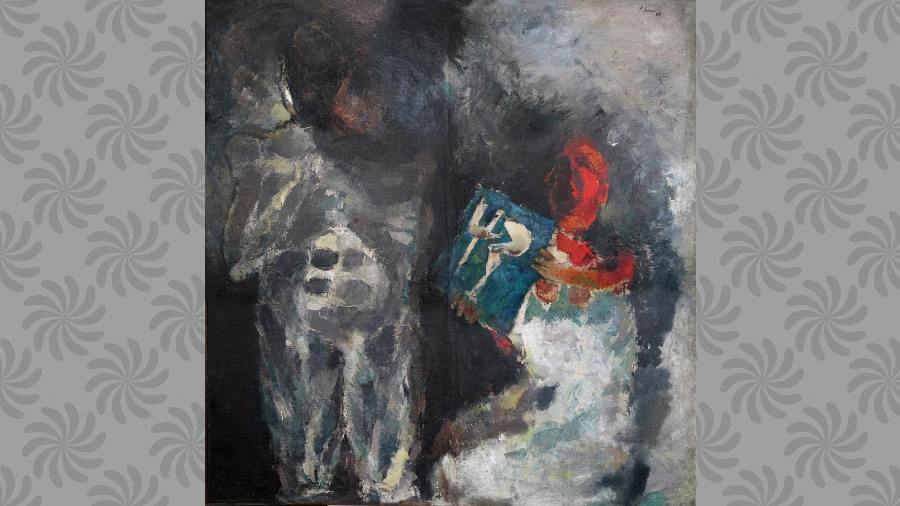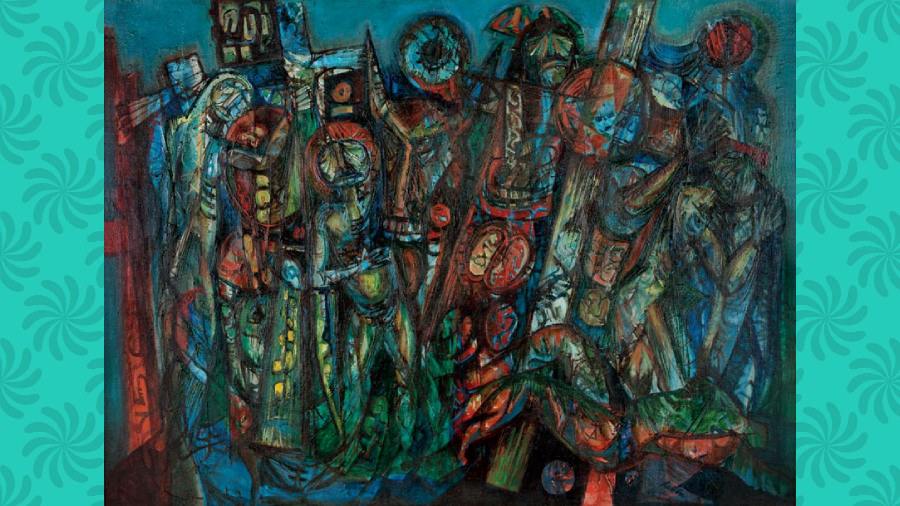DAG is all set to launch their twin flagship galleries at Mumbai’s Taj Mahal Palace & Tower in Colaba with an exhibition that aims to be “iconic” by way of both its nomenclature and breadth as it brings to the fore, 50 rare and historic works of art spanning a period of just over 200 years. Alongside the exhibition are also two publications that look at 25 artists in each as they throw light on some incredible stories behind the artists, their art and the time of their practice. The exhibition titled Iconic Masterpieces of Indian Modern Art is an ambitious one in scope as it aims to not only highlight rare works of art but also tell their unknown stories which, as Kishore Singh, senior VP, exhibitions and publications at DAG says, “make the art more endearing and intimate”. Many are names that are known to art lovers but many, more importantly, are works that haven’t been seen before as DAG tries to fill in the gaps of the subcontinent’s art history and goes beyond just limiting the period to its provenance. Excerpts from a t2 chat:

Festival on the Ganges, Benares, India (Feestdag aan de Ganges te Benares India) by Marius Bauer
What was the scope of “Iconic” that DAG was aiming for and how challenging was it to create it?
The brief was to get the best art in the best location with the best art publication, the best design and the best art writers. To get all of these together was a challenge and none of it was easy. We have a great inventory of art but still to go back to a work with which we begin with, for example, the Company school painting of Agra fort is a fantastic work and is the largest Company painting on record, till date. When we were looking at Iconic, the idea of what makes an “iconic masterpiece” was something that we talked about on and off, including the fact that it had to be historical, rare and of amazing quality, provenance and precedence, etc. All of that coming together to create something that is iconic. I don’t think any collection of 50 works in India can be as impressive as these 50 works put together. They all have amazing stories, backstories, artist stories, work-based stories, etc. which, if you dip into and read, you will find so much in terms of not just understanding Iconic but also art in India, in general.

Untitled (Krishna and Balarama) by Anonymous (Early Bengal School)
The book meant looking for the right scholars and authorities in each subject. Some of them were based overseas but most of them were all around the country. So we had to share archival material to work alongside to ensure we got amazing stories that unravelled with each artwork and then we did timelines for each artist/period.
The level of research we did meant that we could not capture all of this in one volume. Putting it in two volumes was a challenge to create a box around it. The book, instead of normal four-colour printing, has six-colour printing, which again was a challenge. But that’s also why we could get the quality and the colours we have.

God Indira with his Retinue (Ajanta Cave no. 16) by Ganesh Haloi
What is DAG’s intent with this exhibition?
The location based out of The Taj (Mahal Palace) itself makes it pivotal and there’s the recognition of that being an icon. For us, at DAG, the challenge is to do something better with every exhibition. Much of it comes from the variety we bring in to our exhibitions, but over here, we are also declaring our intent to get into a new space fairly aggressively – which is 18th and 19th Century art. DAG has always been known for its 20th Century art but we did do a stepping stone into pre-Modern art. In Delhi as well, we are opening another set of galleries where we will continue to show Modern and 20th Century art and our current gallery at the Claridge’s will become our 18th and 19th Century art gallery. So that’s where you see a prime difference coming in and we have already done Company paintings with the Birds of India in Delhi and later at the Dr Bhau Daji Lad Museum in Mumbai, but if you look, you will also see European and Oriental artists who are part of our exhibition, which are indicative of this new direction we are taking.

Tell us about the curatorial approach behind this exhibition…
We did not limit ourselves to well-known names and DAG has actually never done that. Part of their premise for DAG has always been to bring back into the mainstream, artists whose studios have gone into decline over various decades for various reasons. The idea of the Progressives coming to the fore and becoming the most prominent force in mainstream art was Mumbai becoming the centre of art practice and there being certain art writers who were based out of there, who wrote about those names in a newly-independent nation – all of these things become important and stays in the fore. Things like Calcutta being the centre of art practice but with the shifting of the capital to New Delhi saw Mumbai becoming pre-eminent as the centre for entertainment and finance. The artists from Calcutta were masters during their lifetime, so much so that six of our national treasure artists are from Bengal. It is really amazing that Calcutta allowed this to happen at one level but also, nobody really cared. And that’s where DAG steps in and resurrects those names, acquires those studios and collections to start building up research around what started happening in Bengal. It’s done that with what happened in Madras as well as other art centres. Unless they are paddled alongside our so-called stars and also the international artists, we will never realise how important they were. So that was a very important part of our curatorial discussion here at DAG.

The Poet (Head of Rabindranath Tagore) by Ramkinkar Baij
What we were very excited about was that for the first time, we were also looking at European artists whose works have never been shown before are being brought back into the country and that is a matter of great pride for us. They painted our country yet we never had a chance to view their works. So once again, there was this sense of bringing back and giving back to expand the scope, that was always there. Indian art is not limited to just 20 or 30 or 50 years as it has a history that is centuries and centuries old and yes, we go back to a time when artists were not signing their names. Looking at these artists also takes you into their world and how they might have been painting. These are some very fascinating background stories that we were beginning to discover slowly and that’s part of the curatorial pleasure, not just with the anonymous works of unknown artists but also with the known artists. Each one has a brilliant story and these are also what makes art more endearing and intimate. The right research and scholarship makes you fall in love with things as there is a reason why something was made and why it reflects a certain period in which it was made. Curatorially, that was both the challenge as well as the exciting element in the exhibition.
Pictures: Courtesy of DAG

Kishore Singh, senior VP, exhibitions and publications at DAG










